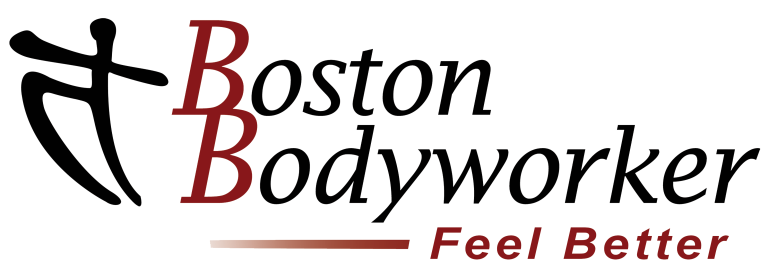What is Tennis Elbow?
‘Tennis Elbow’ is a condition that we frequently see in our practice. Unfortunately, it is also one of a family of similar conditions that is both misunderstood and mistreated. Most people who have been diagnosed with this condition will scoff at the name since they do not even play tennis. It gets its common name from the repeated action of the ‘backhand’ used in tennis that places an irregular amount of eccentric loading on the extensor muscles that are already overtaxed from our daily activities. The actual medical term for this condition is lateral epicondylitis.
There is an important distinction that should be made before we get into why this pain is occurring and more importantly, why it doesn’t go away easily. The suffix ‘itis’ in the term epicondylitis, means ‘the inflammation of’ or in this case; inflammation at the lateral epicondyle (a bony bump on the lateral side of your humerus where the tendons of the impacted muscles attach).
Research that was released WAY back in 2000 in The Physician and Sports Medicine, determined that there is actually no inflammation occurring in this and similar labeled conditions.
“Advances in the understanding of tendon pathology indicate that conditions that have been traditionally labeled as Achilles tendinitis, patellar tendinitis, lateral epicondylitis, and rotator cuff tendinitis are in fact tendinosis. An increasing body of evidence supports the notion that these overuse tendon conditions do not involve inflammation.”
-Overuse Tendinosis, Not Tendinitis,Part 1: A New Paradigm for a Difficult Clinical Problem Karim M. Khan, MD, PhD; Jill L. Cook, B App Sci, PT; Jack E. Taunton, MD; Fiona Bonar, MBBS, BAO, THE PHYSICIAN AND SPORTSMEDICINE – VOL 28 – NO. 5 – MAY 2000
If you have been suffering from this type of condition or another one that has been labeled to as an ‘itis’, this may be good news for you. Why? Because it is likely the reason that you have not been getting the results from the rest and rehab that you have been told to do.
Think about it. You likely rested this condition for a few days, perhaps you even iced it (I wouldn’t) and you took a strict regiment of NSAID’s, yet the condition did not seem to get better….even a little. This is because you were throwing water on a fire that was never even there. This condition is what is better known as a tendonosis. The suffix ‘osis’ means ‘the degeneration of’. These types of over-use conditions take 6-8 weeks to begin to see results from any types of treatment.
 Tennis elbow is a very common over-use condition that is frequently associated with the over use of your extensor muscles in your forearm that control your extension of the wrist and fingers (specifically, the extensor carpi radialis brevis). The chronic, over use of these extensor muscles is most commonly seen in actions such as typing. Pain is typically felt on the lateral aspect of the elbow. If you place your opposite hand over the spot and extend your fingers and wrist on the arm you are touching, you will feel those muscles contract and relax under your palpating hand.
Tennis elbow is a very common over-use condition that is frequently associated with the over use of your extensor muscles in your forearm that control your extension of the wrist and fingers (specifically, the extensor carpi radialis brevis). The chronic, over use of these extensor muscles is most commonly seen in actions such as typing. Pain is typically felt on the lateral aspect of the elbow. If you place your opposite hand over the spot and extend your fingers and wrist on the arm you are touching, you will feel those muscles contract and relax under your palpating hand.
There is no magic bullet to treating a condition such as this, but there is the definite possibility of a long-term positive outcome if consistent conservative care and attention is taken. Like any over use injury, rest will be your number one treatment approach to eliminating this pain. However, that is easier said than done. We need our hands for most things we do. There are many self-massage and stretching techniques that will provide the soft tissue that is being taxed some relief from a long days worth of use. This condition can also be helped with the use of a consistent clinical massage, ultra-sound and/or kinesiology taping in conjunction with rest and self-care. Where I express my biggest caution flags are to those who immediately assume that they should strengthen the muscles. THIS is where most of the issues get exacerbated. When you prematurely try to strengthen muscles that are in need of repair you only seek to worsen the condition. Rest and conservative care will yield your best long-term results. The time to strengthen should be added once the pain is reduced and the tissues are normalized.
Let’s face it; there is no way to avoid using our hands and wrists. Knowing that overloading them under conditions such as work and stress only increases the chances for an injury. Take precautions now before the condition creates a problem. If you are having even small amounts of elbow pain, I would suggest speaking to your therapist about this prior to it becoming a condition that requires serious attention. Prevention of injuries will always be the key to avoiding any sort of long-term disability. We ask a lot of our bodies on a daily basis. Reward your body by observing the actions you do on a regular and repeated basis that could lead to potential pain problems.
